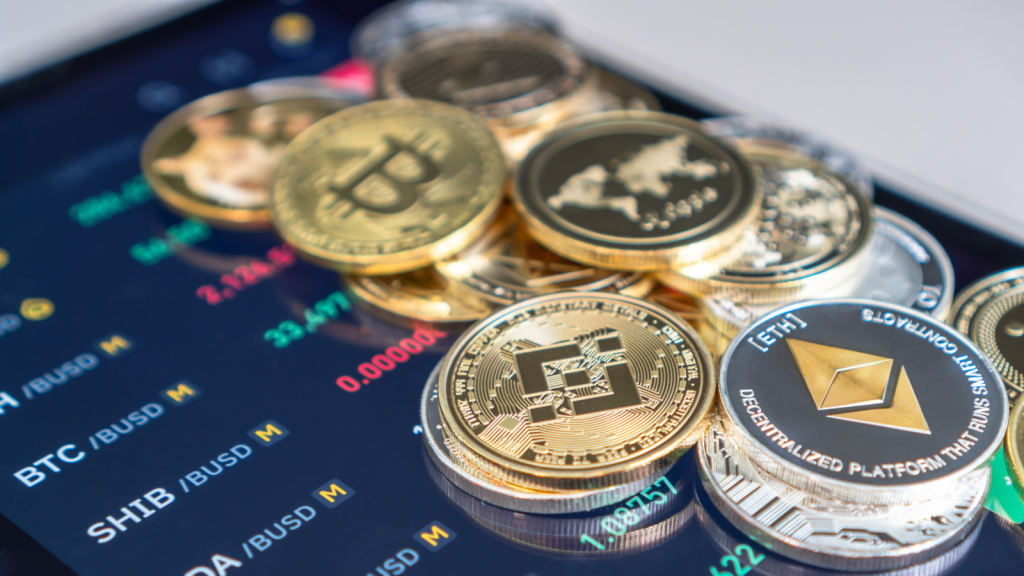Why we need more NFT royalties and fewer marketplaces
In the rapidly evolving world of NFTs, the decision by leading marketplace OpenSea to temporarily eliminate the 2.5% fee on sales and reduce royalty protection for creators in response to the rise of a rival platform, Blur, has sparked a contentious debate .
But what if there was another world, one where artists were freed from the shackles of platform pimps?
Part of the reason I got into crypto was a love of open source software and decentralization. The idea that anyone, anywhere could participate in the digital economy that prioritized artists and royalties became a huge motivating factor and rallying point for creators to adopt NFTs.
Blur is built using a royalty-optional model, which some argue is positive for the long-term health of the industry, but one that I believe ultimately squeezes artists like cheap orange juice.
Permanent royalties, once seen as the holy grail for NFT advocates, were touted as a significant reason for artists to adopt blockchain technology. However, many NFT platforms, such as Blur and OpenSea, have chosen to remove the requirement that buyers pay royalties, which has threatened this principle.
Nevertheless, this was not always the case, as many examples from the history of art can testify.
In the 16th century, the German artist Albrecht Dürer switched from painting to commercial printing, citing royalties as one of his primary motivations. It was simple, Durer reasoned. Now he could not just make one picture, but many. “My painting is well finished and nicely colored [but] […] I have little profit on it. Had I stuck to engraving, I would today be a richer man by 1,000 florins.”
Dürer added an important caveat regarding royalties. A cold-blooded threat to would-be copycats who thought they could just print and sell copies of his art without paying the pre-agreed fees (*ahem* OpenSea and Blur):
“Hold! Ye crafty, strangers to the work, and stealers of other men’s brains! Think not hastily to lay your thieving hands upon my deeds! Beware! Knowest thou not that I have a grant from the most glorious Emperor Maximilian that none in all the Imperial lordship to be allowed to print or sell fictitious imitations of these engravings?
Listen! And remember that if you do so, through spite or desire, not only will your goods be confiscated, but your bodies will also be put in mortal danger!”
Throughout history, the enforcement of royalties has come and gone with varying degrees of success.
In 1973, Robert Scull, a taxi magnate and art enthusiast, sold Robert Rauschenberg’s artwork “Thaw” for $85,000, which he had bought for just $900 fifteen years earlier. The artist was enraged by this transaction and exclaimed, “I have worked tirelessly for you to reap such a profit?”
Fast forward fifty years and here we are again.
“There has been a massive shift in the NFT ecosystem,” OpenSea tweeted on February 17. “In October, we started to see meaningful volume and users move to NFT marketplaces that do not fully enforce creator revenue. Today, that shift has accelerated dramatically despite our best efforts.”
The main argument for royalty-free platforms is that they allow NFTs to trade freely among collectors, unencumbered by the rights of those who created them to participate in their downstream earnings.
However, OpenSea’s sudden policy reversal has predictably left many wondering what the future outcome might be for NFT creators who rely on royalties in the Web3 digital economy.
Still, others have taken a more nuanced view, wondering if a different dynamic at play might balance the needs of both creators and platforms.
However, as a crypto community, I believe we can do better. I believe royalties are an important lifeblood of any creative ecosystem, be it graphics or digital art. That they are now threatened today feels like a two-step-forward, one-step-back kind of moment.
My hope is that an open source, more decentralized NFT marketplace will emerge. That the rat race to the bottom of digital creation is taking a complete turn. Artists deserve better.
Disclaimer: Our authors’ opinions are solely their own and do not reflect the opinion of CryptoSlate. None of the information you read on CryptoSlate should be taken as investment advice, nor does CryptoSlate endorse any project that may be mentioned or linked to in this article. Buying and trading cryptocurrencies should be considered a high-risk activity. Do your own due diligence before doing anything related to the content of this article. Finally, CryptoSlate takes no responsibility if you lose money trading cryptocurrencies.


